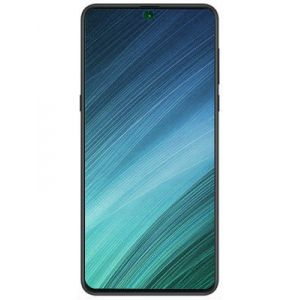Flash firmware on Xiaomi Redmi Note 13
Mobiles >> Xiaomi >> Xiaomi Redmi Note 13| Specifications | Reviews | Secret codes |
| Unlock phone | Root phone |
| Backup | Flash Firmware | Screenshot |
| Bypass Xiaomi Account Verification |
How to flash Xiaomi Redmi Note 13?
Why reinstall the firmware?
Errors constantly appear in the Android OS.
Some applications do not open, reinstalling which does not lead to a positive result.
Many applications from the Play Market do not start.
The phone restarts or shuts down for no reason.
The phone began to work slowly.
You are not satisfied with the possibilities of the stock firmware.
Where can I find the firmware?
On the website of your phone manufacturer.
On specialized services on which various developers lay out custom or official OS.
What should be done before installing the firmware?
Create a backup copy of user data and transfer it to another medium.
Insert SD card. An SD card is needed to write firmware to it.
Determine your smartphone model.
Fully charge your device.
Download Firmware and Place it on the SD card.
Installing TWRP Recovery
Download the Official TWRP App from the Play Market. Download, install and launch the application..
When you start the application for the first time, you must agree to install a new firmware and all the risks associated with this, as well as agree to grant the application Superuser rights and click the 'OK' button.
On the next screen, you need to select the 'TWRP FLASH' item and give the application root-rights.
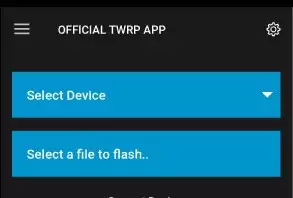
On the main screen of the application, click 'Select Device', and select your phone model.
After selecting a phone, the application will direct the user to a web page to download the modified recovery environment image file. Download the proposed *.img file.
When the file is loaded, you need to return to the main screen of the Official TWRP App and press the 'Select a file to flash' button. Select the file downloaded in the previous step.
Press the 'FLASH TO RECOVERY' button and confirm that you are ready to start the procedure - press 'OK' in the question window.
When the message 'Flash Completed Succsessfuly!' appears on the screen. Click the 'OK' button. The TWRP installation procedure is now complete.
Transfer the firmware and other necessary files to the SD card.
Insert a memory card into the device.
To reboot into recovery, you need to enter the menu accessible by pressing the button with three stripes in the upper left corner of the main screen of the application. Select 'Reboot' and then click on the 'REBOOT RECOVERY' button.
Firmware via TWRP
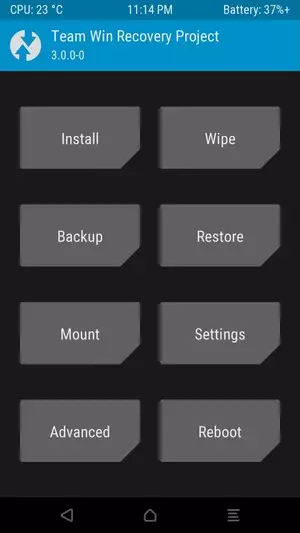
Before flashing, you need to delete all user data from the phone, this will avoid many problems. press 'WIPE' on the home screen.
You can start flashing. Click the 'Install' button.
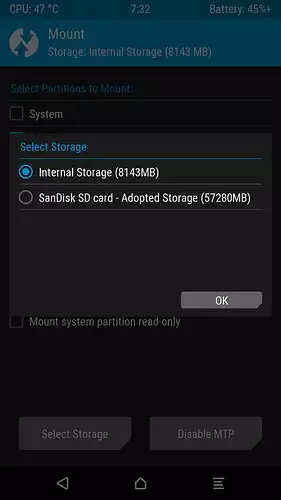
The file selection screen is displayed. At the very top is the 'Storage' button, which allows you to switch between types of memory.
Select the storage to which the files were copied. Press the OK button.
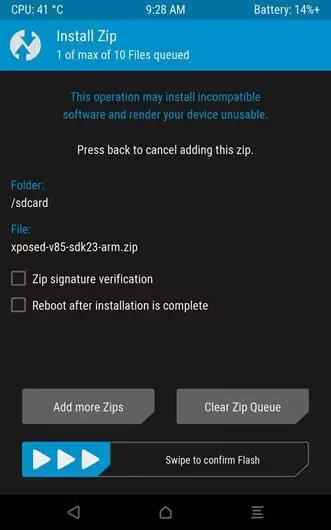
Find the file we need and click on it. A screen opens with a warning about possible negative consequences, as well as the item 'Zip signature verification'. This item should be checked by placing a cross in the check-box, which will avoid using damaged files when writing to the phone's memory sections.
The procedure for flashing the phone will begin, accompanied by the appearance of inscriptions in the log field and the movement of the progress bar.
After the firmware installation procedure is completed, the 'Successful' message appears on the screen.
Summary: Smart Phone OS: Android v12; CPU: Octa core (2 GHz, Dual core, Cortex A75 1.8 GHz, Hexa Core, Cortex A55); Chipset: MediaTek Helio G88; Architecture: 64 bit; GPU: Mali-G52 MC2; RAM: 4 GB; Screen Size: 6.52 inches (16.56 cm); Screen Resolution: 1080 x 2460 pixels; Aspect Ratio: 20.1:9; Display Type: IPS LCD; Display dots per inch: 412 ppi; Touch Screen: Yes, Capacitive Touchscreen, Multi-touch; Refresh Rate: 90 Hz; Bezel-less display: Yes with punch-hole display; Screen Protection: Corning Gorilla Glass v5; Screen to Body Ratio: 90.8 %; Internal Memory: 64 GB; Expandable Memory: Yes, Up to 512 GB; SIM 1: 4G Bands: TD-LTE 2300(band 40)FD-LTE 1800(band 3) 3G Bands: UMTS 1900 / 2100 / 850 ...
Comments, questions and answers on the flash firmware Xiaomi Redmi Note 13
Ask a question about Xiaomi Redmi Note 13




